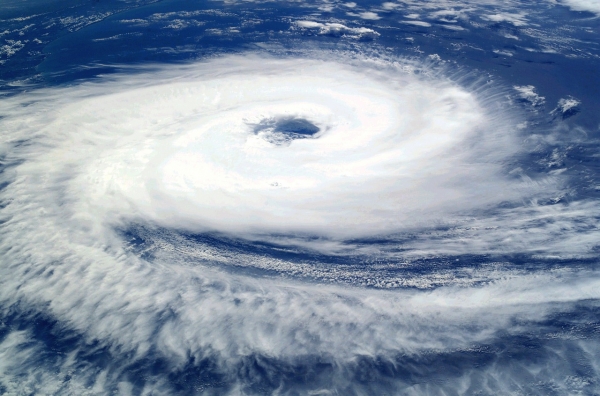A group from Nagoya University in Japan has found that larger, slower-moving typhoons are more likely to be resilient against global warming. However, compact, faster-moving storms are more likely to be sensitive. These findings suggest an improved method to project the strength of typhoons under global warming conditions. Their report was published in Geophysical Research Letters.
Tropical cyclones are among the most dangerous weather systems in the world, causing disruption, damage, and death in East Asia. As global temperatures increase, so does the threat of typhoons. But projecting the strength and structure of such storms also becomes more difficult. Understanding changes in ocean response is essential to mitigate the worst effects of typhoons.
One way to understand tropical cyclones is to examine the relationship between the atmosphere and the ocean. The ocean-atmosphere coupling relationship influences weather patterns, ocean circulation, and climate variability.
This is especially important for typhoons as the intensity of tropical cyclones is linked to increases in sea surface temperature (SST). As the size of a cyclone increases, SST decreases, limiting its intensity. However, under global warming, the SST is higher. As a result, this could make a typhoon last longer.
Read more at Nagoya University
Photo Credit: WikiImages via Pixabay


